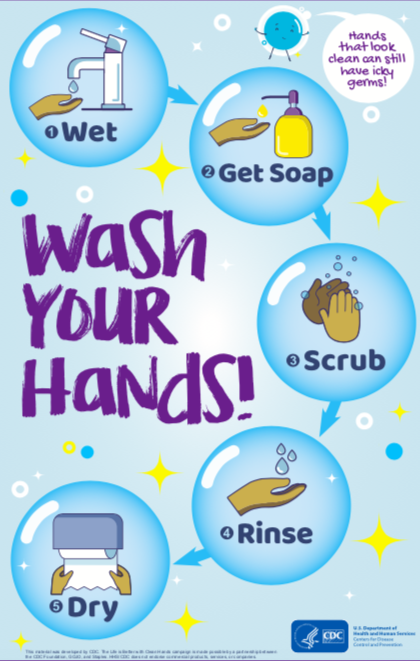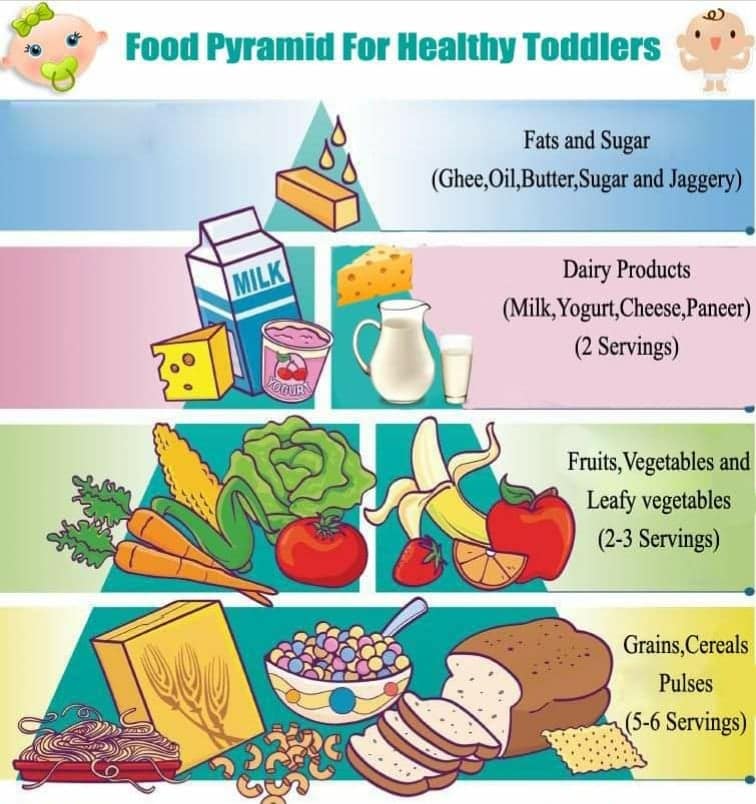


Handwashing is very essential in our daily routine. It's cheap, easy, and effective to get rid of the virus, bacteria, and germs that cause diseases like cold, flu, or diarrhea. Handwashing keeps us healthy so that we can continue with our daily life like going to school or work.
Parents and guardians play an important role in teaching kids the proper way of handwashing most especially in our daily routine. The key to maintaining a lifelong habit is by doing it every day at an early age. Teach them how to properly wash their hands and when to do so.
Your child will need to be reminded regularly when and how to wash their hands, so it takes time to build a habit. Once it becomes a habit, it will be part of their lives forever. It's very important to remind them to wash their hands after using the bathroom, before eating, after playing outside, after coughing or sneezing, before manipulating foods when cooking, after playing with pets, before playing with babies, and every time we see our hands dirty.
Children learn by imitating others. Set an example by washing your hands for them to follow.
The best way to keep your hands clean is to wash them with water and soap. But if these two are not available, you can use an alcohol-based hand sanitizer. Just remember to wash your hands with water and soap as soon as you can.

A balance diet is one of the keys to good health and well-being. It includes a variety of foods in adequate amounts, depending on the characteristics of each person (age, stage of life, sex, constitution, etc.), and their lifestyle (sedentary, active, etc.).
By eating the right food and the right amount can help in someone's growth and development, can prevent diseases, and promote the cure of many disorders.
A balance diet for a child's needs should provide an average of 1000 to 1,300 calories a day, divided as follows:
Vitamins and minerals should be added to their balanced diet. They provide substances that are essential to their growth and development.
A child's daily food intake should have the proper amount to achieve a healthy balanced diet.
Rich and complete meal and should provide 25% of the total calories needed for the day.
Should provide 30% of the calories respectively.
Only 5% of the daily calories.
To cure diseases by eating food can sound a little strange. But it's true. Having a healthy and balanced diet can provide the nutrients and energy for our daily needs, and promote and accelerate the recovery from any disorders.
Vitamin C, A, and E are the defenders of our body and can guarantee full and effective protection against viruses and bacterias.
Preferred food: Fruits and vegetables, such as yellow pumpkin, red cabbage, broccoli, cauliflower, spinach, citric fruits, nuts, and olive oil.
The best thing to do is to increase the intake of food rich in fiber and to consume a lot of liquid.
Preferred food: Bread, integral rice, spinach, lettuce, strawberries, green peas, lentils, chickpeas... For the liquid intake, it includes a lot of water, and of course natural fruit juice.
When a child is suffering diarrhea and some cases vomiting, most often they lose their appetite. So the child shouldn't eat much. But it's very important to watch their hydration level. It's advisable to give them lots of liquids like water with electrolytes, etc.
Preferred food: boiled rice, yogurt, apples, banana, carrot juice...
Del 1 a 5 años
Mi bebe y yo
Sfera Editores España, S.L.U.